The Minneapolis Church Massacre: A Community Reeling
On August 27th, 2025, the peaceful atmosphere of a student Mass at Annunciation Catholic Church in Minneapolis was shattered by unimaginable violence. A lone gunman, later identified as Robin Westman, unleashed a barrage of gunfire, targeting children within the sanctuary. This act of unspeakable cruelty resulted in the deaths of two young children, aged eight and ten, and left seventeen others wounded – fourteen of them children. The chilling aftermath left the community grappling with grief, fear, and a profound sense of loss.
The Attack and its Aftermath
The Scene of Horror
The attack began as the congregation attended Mass. Westman, armed with a rifle, shotgun, and pistol, fired through the church windows, targeting children seated in the pews. The sounds of shattering glass and gunfire replaced the hymns, turning a sacred space into a scene of terror. First responders arrived quickly, but the devastation was already done. The scene was secured by law enforcement as the community watched in horror.
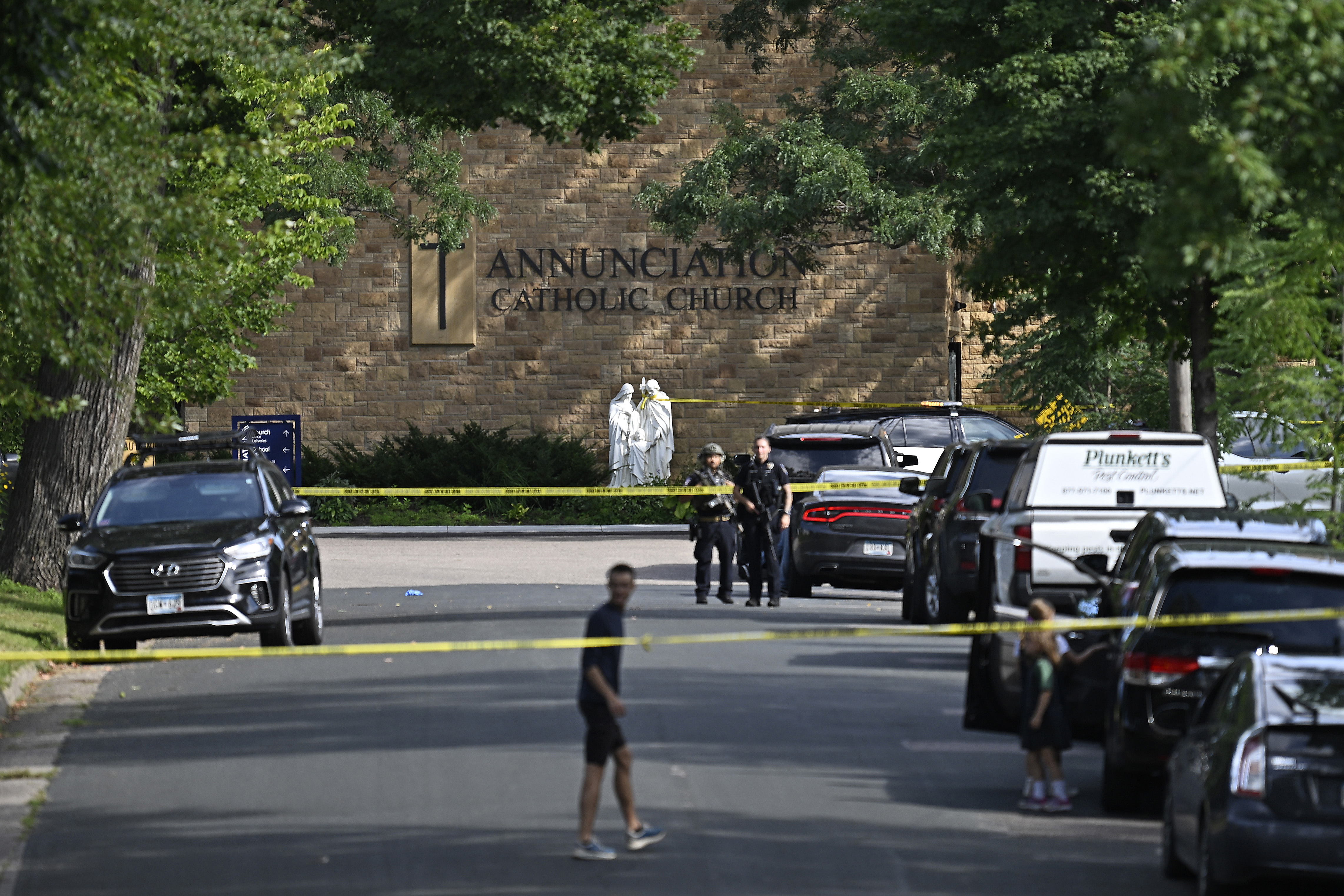
Immediate Response and Casualties
The city of Minneapolis issued an emergency alert, urging residents to avoid the area. While first responders worked tirelessly, the tragic toll became clear: two young lives were lost, and numerous others sustained injuries, with two remaining in critical condition. The sheer number of child casualties added a layer of heartbreaking cruelty to the event.
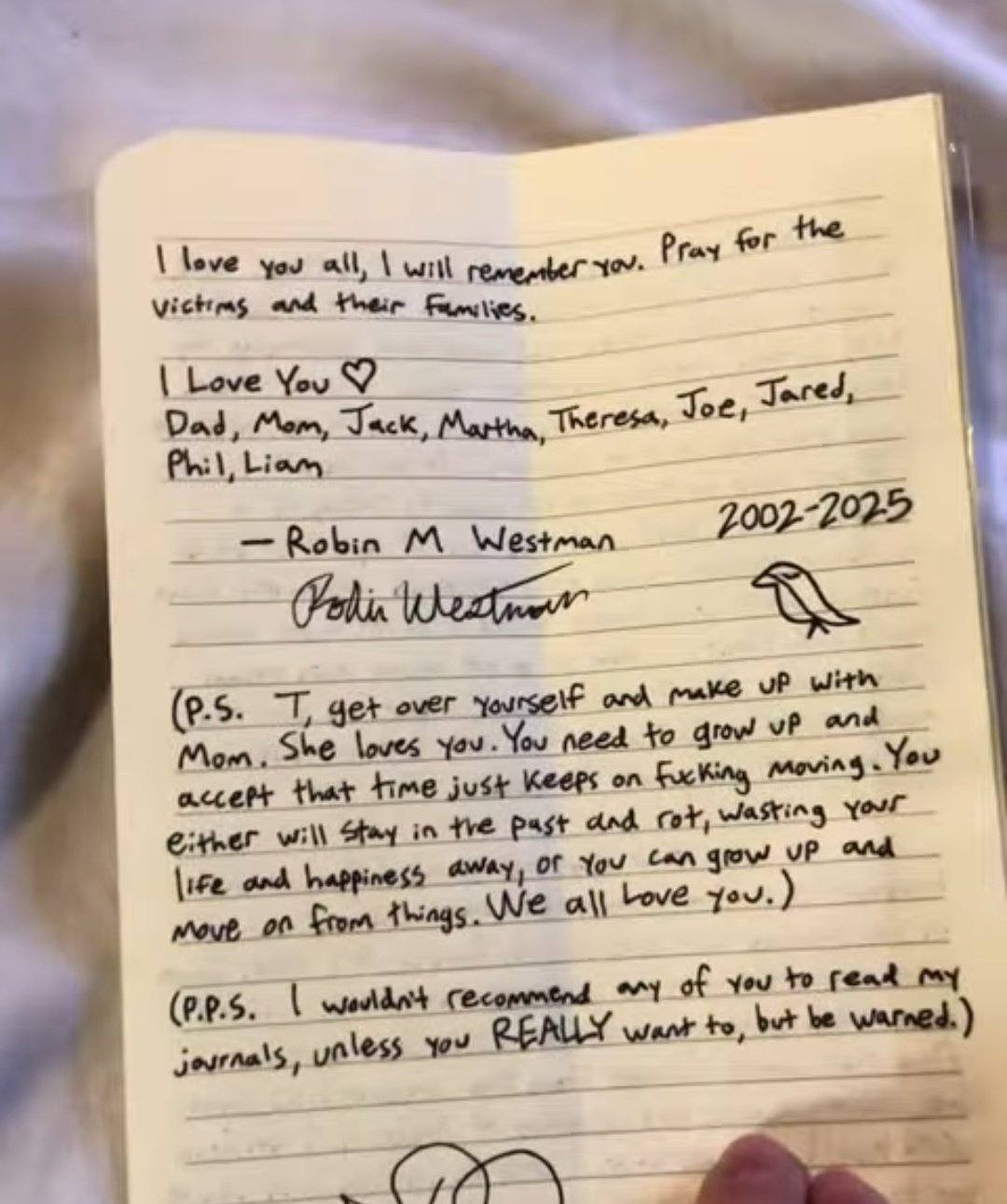
Identifying the Perpetrator: Robin Westman
Investigations swiftly identified the perpetrator as Robin Westman, a local resident in her early twenties. Authorities believe Westman is deceased. While Westman had a limited criminal history, a disturbing picture emerged from a deleted YouTube channel and a four-page handwritten manifesto.
A Digital and Written Trail of Disturbing Content
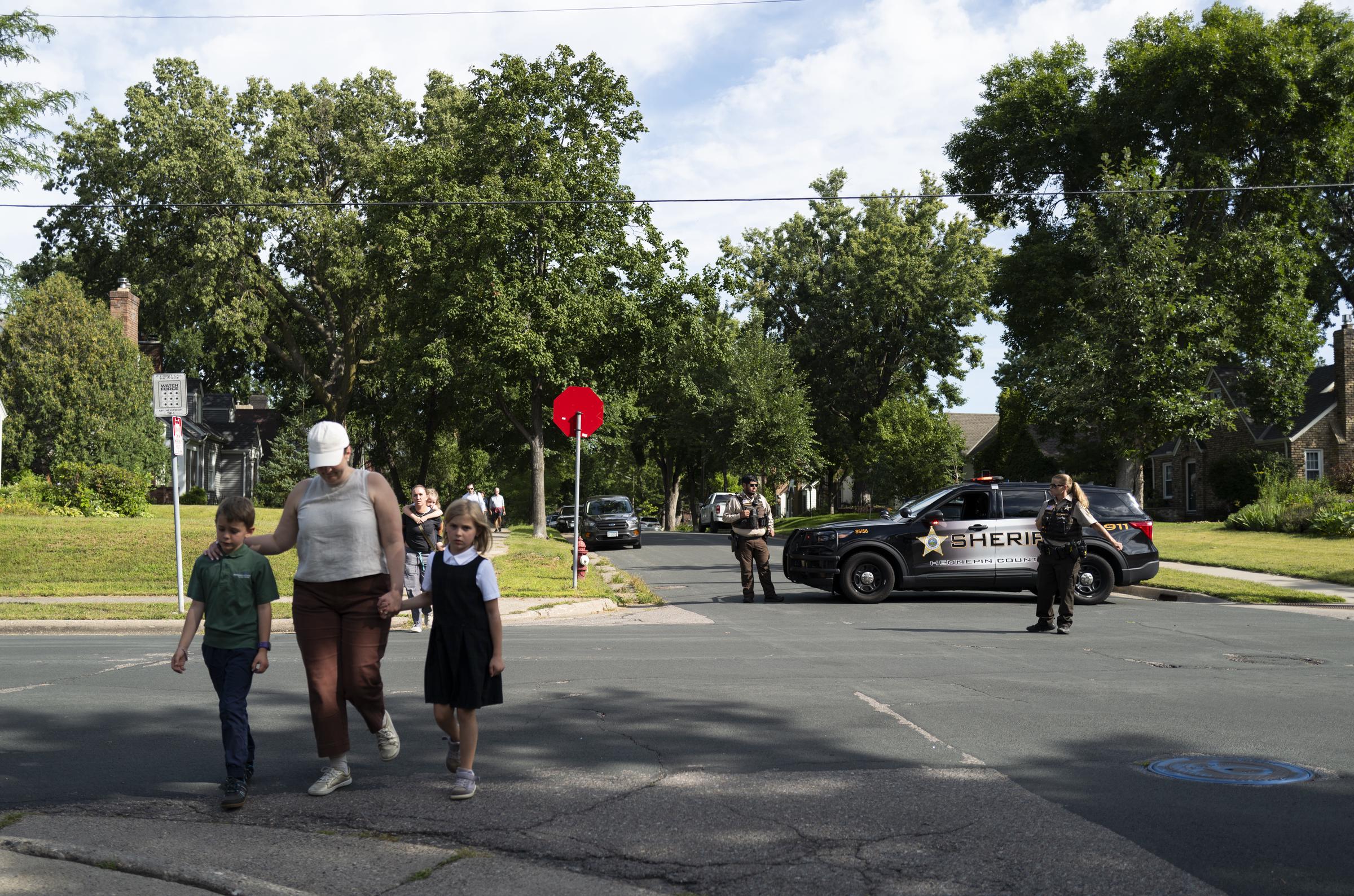
The online content featured firearms, anti-religious symbols, white supremacist imagery, and racial slurs, painting a disturbing portrait of Westman’s ideology. The recovered manifesto, even more chilling, revealed years of mental deterioration, despair, and profound emotional isolation.
Westman’s Manifesto: A Cry for Help?
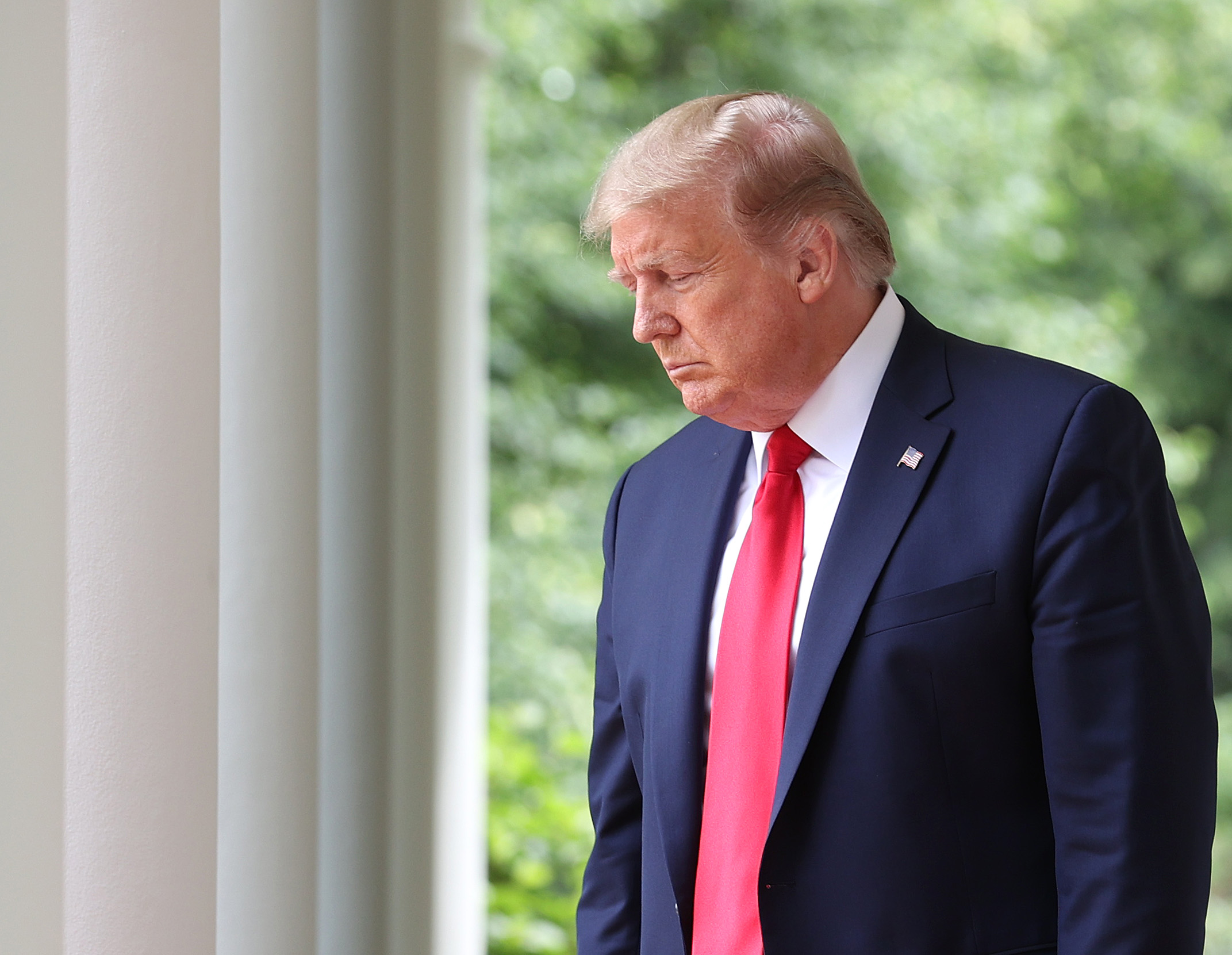
Westman’s manifesto, while expressing regret for the harm inflicted, also described years of internal struggle, mental illness, and an overwhelming sense of hopelessness. The writing detailed a long-held desire to carry out this act, casting light on a troubled mind struggling with deep-seated issues. This disturbing document provided a glimpse into the perpetrator’s psyche but offers no justifications for the horrific act.
The Survivors’ Stories: Courage and Resilience
The experiences of those who survived are particularly poignant. Their accounts shed light on the terrifying reality of the situation and the incredible resilience shown by both children and adults alike.
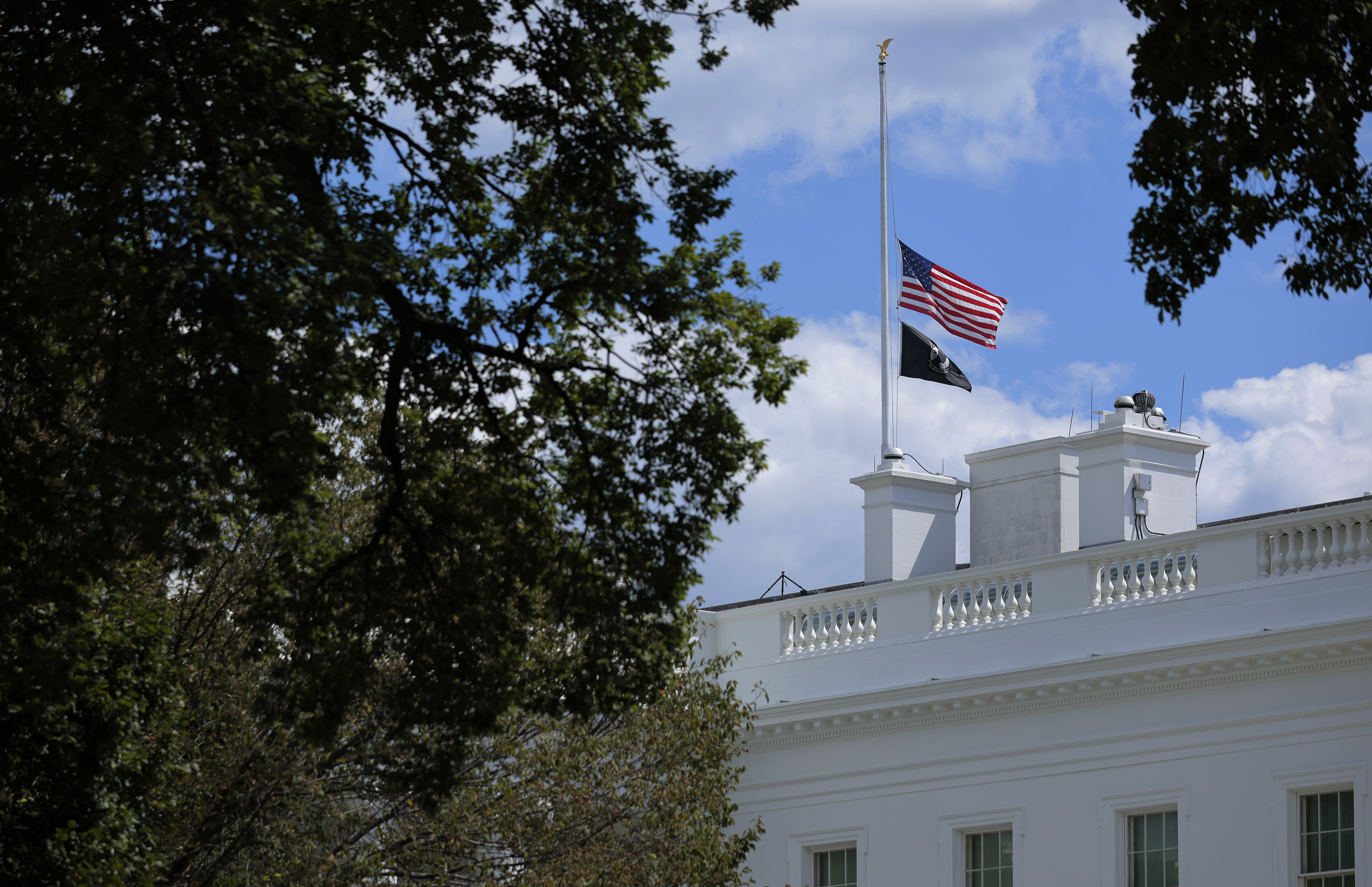
Weston Halse’s Ordeal
Fifth-grader Weston Halse vividly described his terrifying experience, recounting how he hid under a pew as gunfire erupted, feeling gunpowder dust on his neck. His friend, Victor, shielded him, sustaining injuries in the process. Halse’s account highlights the bravery of children acting in the face of unimaginable fear. The subsequent reunion with his mother underscores the importance of family support in the aftermath of trauma.
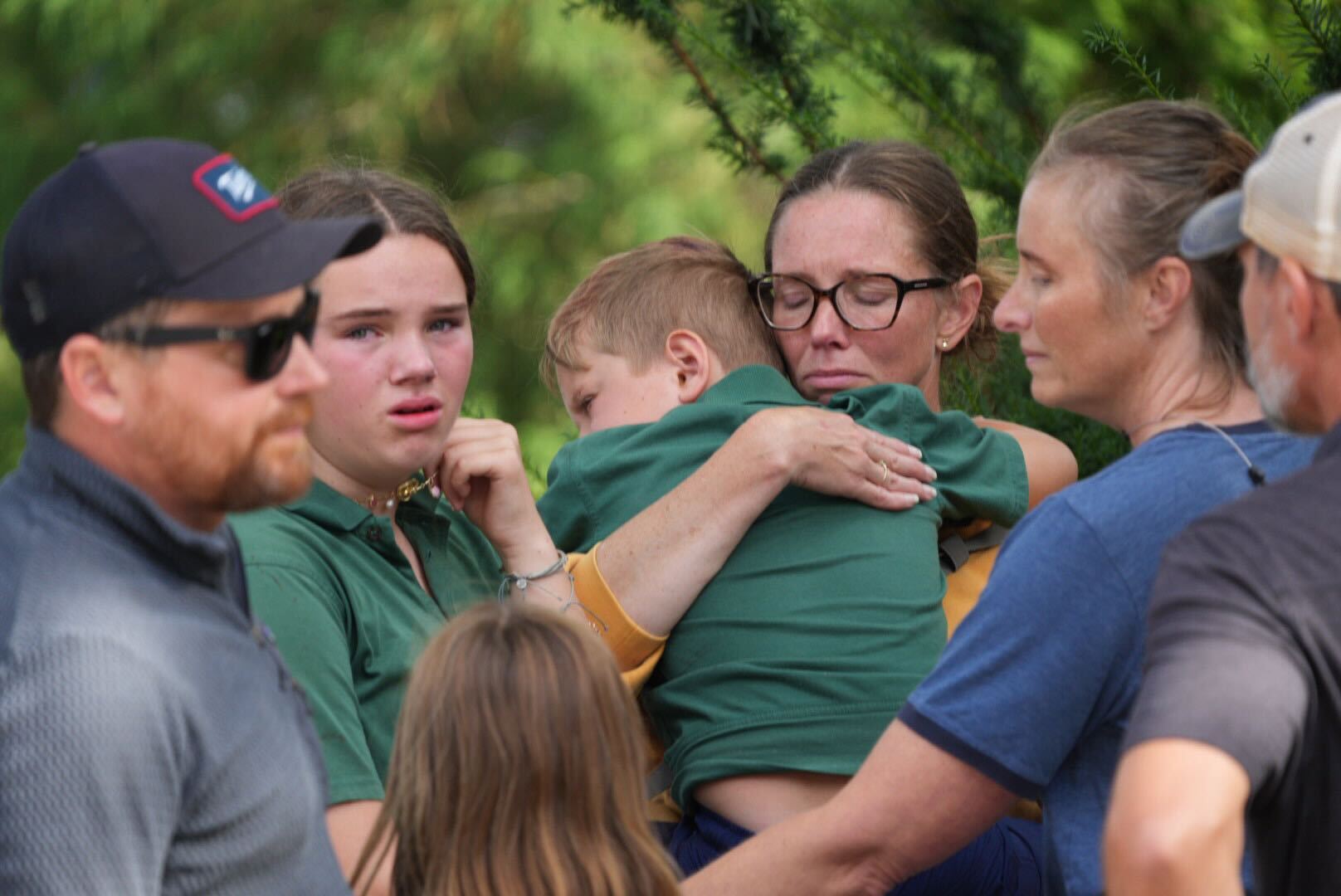
Parental Perspectives: Fear, Grief, and Resignation
Carla Maldonado, a parent whose children survived, articulated the collective emotions of many. Her description of the frantic search for her children, followed by both relief and profound sadness, reflects the widespread grief and outrage felt by the community. Her poignant observation regarding the pervasiveness of school shootings underscores the tragic normalization of such violence.

National Response and Mourning
The Minneapolis church shooting prompted a national response. President Donald Trump addressed the tragedy, offering condolences and ordering flags to be flown at half-staff. This act of national mourning served as a symbolic recognition of the devastating loss suffered by the community and the nation as a whole.
A Call for Action
The tragedy at Annunciation Church serves as a stark reminder of the urgent need for addressing mental health issues, combating extremism, and creating safer environments for children. This horrific event demands a comprehensive societal response, not just in the form of mourning but also in the form of preventative measures and a commitment to preventing future tragedies.
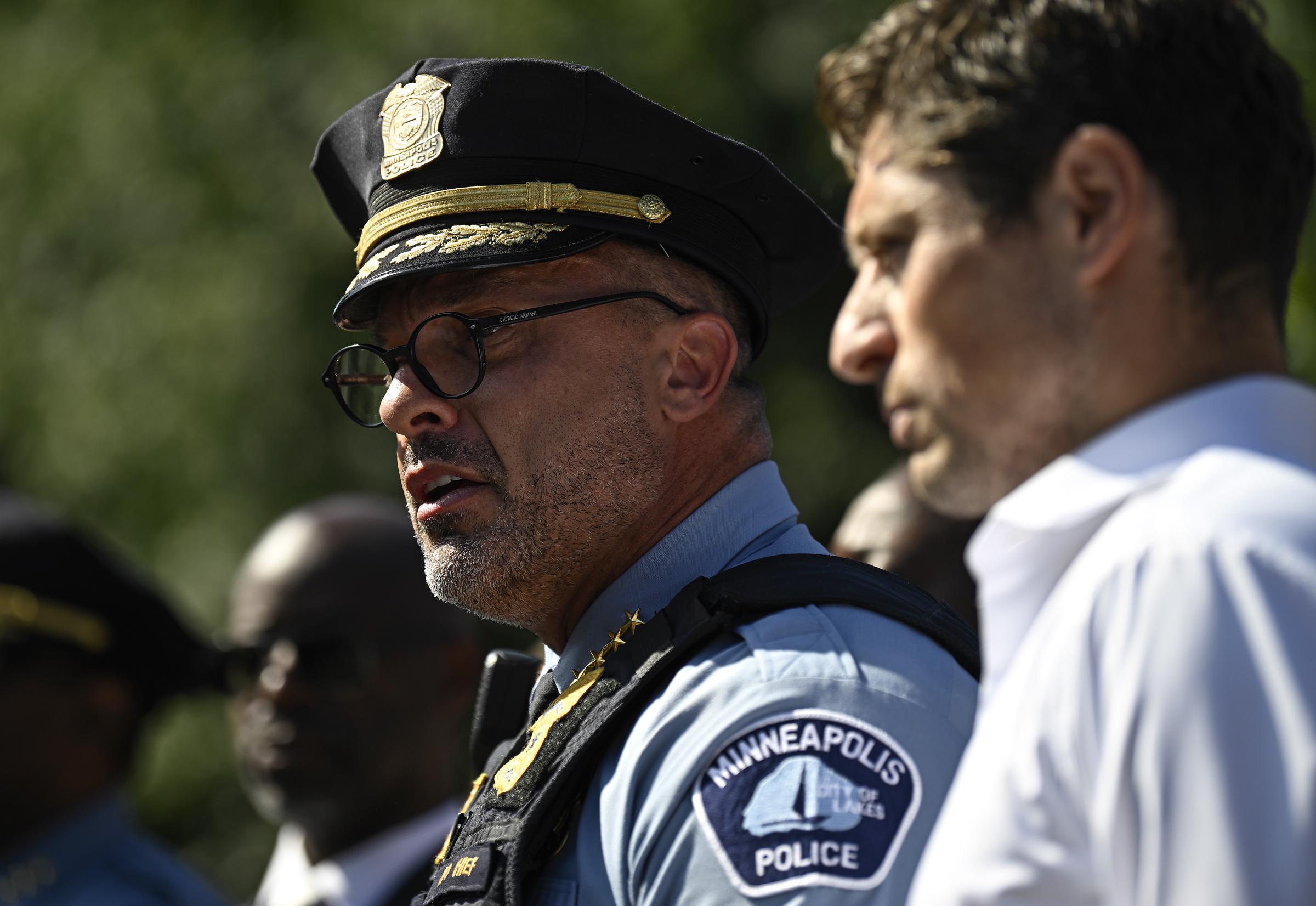
Note: This blog post concludes with a reminder of the importance of seeking help for mental health struggles and offers resources for those in need, mirroring the original article’s concluding statement. Appropriate links to suicide prevention hotlines and mental health organizations should be added.


